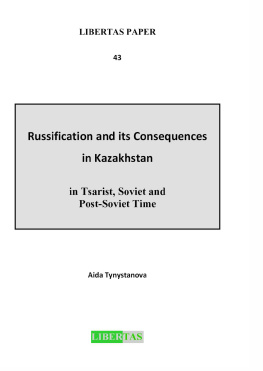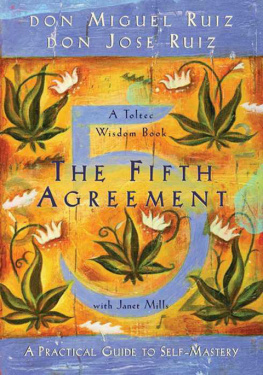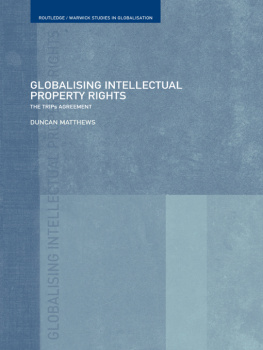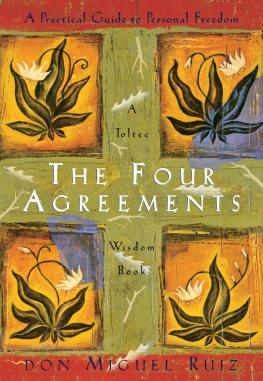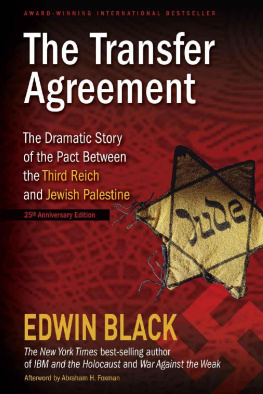Russification and its Consequences
in Kazakhstan
inTsarist, Soviet and
Post-Soviet Time
Aida Tynystanova
Table of Contents
Bibliografische Information Der Deutschen Bibliothek
Die Deutsche Bibliothek verzeichnet diese Publikation in der Deutschen Nationalbibliografie; detaillierte bibliografische Daten sind im Internet ber http://dnb.ddb.de abrufbar.
Aida Tynystanova, 24 years, lives in Bishkek and works for the IOM (International Organisation for Migration) in Kyrgyztan as Program Manager for Countertrafficking in Human Beings.
Born in Almaty / Kazakhstan, she graduated University of Miss ouri in St. Louis / USA (M.A. in Political Science).
This script has been written in May 2000.
Sindelfingen, November 2002
LIBERTAS - Europisches Institut GmbH,
Lindenweg 37, 72414 Rangendingen, Germany
Tel.: +49/7471/984996-0
Fax: +49/7471/984996-19
eMail :
Internet: www.libertas-institut.com
ISBN 978-3-921929-29-2
ISBN 978-3-946119-59-3 (epub)
ISBN 978-3-946119-60-9 (MobiPocket)
| CONTENTS |
1. | |
| |
2. | |
2.1. | The Kazakhs |
2.2. | Trade |
2.3. | The Motives of Russian Military Penetration and Conquest |
2.4. | The Penetration and Conquest |
2.5. | The Peasant Migration to Kazakhstan until 1916 |
2.6. | Effects of Migration and Russian Settlement on the Native Population |
2.7. | Kazakhstan after 1917 |
| |
3. | |
| |
4. | |
4.1. | The Soviet Legacy in Kazkhstan |
4.2. | In Search of an Identity |
4.3. | Kazakhstans Dependency on Russia |
4.4. | Kazakhstans Policy towards Dangerous Nationalist Movements and Prospects for Democracy |
| |
5. | |
| |
| Bibliography |
| Appendix 1 |
| Appendix 2 |
| |
1. INTRODUCTION
The disintegration of the world's largest country, known as the USSR, encouraged the independent efforts of all former Soviet Republ ics to integrate more closely into the world community. Soviet Kazakhstan could have been regarded as a kind of pseudo-state, which had some of the trappings of true states but lacked essential elements such as control of its own territory, politics, and e conomy. Today, the state authorities in independent Kazakhstan are striving to transform these political contraptions into a real, modern state. This is a complex, multidimensional process, where the identity aspect of nation-building has become the most i mportant dimension.
Historically in Kazakhstan, as a part of the Soviet Union, the concept of "nation" has not been identified with the total population of the country, that is, as a political unit. Rather, the nation has been regarded as a cultural and e thnic entity. While in most Western countries the two terms "citizenship" and "nationality" are interchangeable, in the Soviet Union they were sharply differentiated. "Nationality was understood as ethnicity and was utilized, both on the individual level a nd on the macro level" (Karklins R., 15). Every Soviet citizen had an official nationality ascribed to him or her and written into his/her passport. No wonder that for the period of eighty years people got used to having both identities. After they lost th eir "Soviet" identity, people began to identify themselves, first and foremost, with their ethnicity. Since citizens of new post-Soviet states never felt themselves either important elements of the Soviet nation or proud representatives of their ethnicitie s, today people of post-Soviet countries are experiencing a dangerous problem with national identity. For instance, in Kazakhstan people do not know whether should they identify themselves with Kazakhs, Russians, Kazakhstanis, or even Homo Soveticus, as We stern writers ironically labeled Soviet people (Tishkov, 38).
In order to understand the identity challenges the post-Soviet people grapple with today, the reader needs to know about the traditional Soviet treatment of nationalism. According to the Soviet Encyclopedia, the nation is a "historic entity of people with its territory, economic ties, literary language, and specific culture and character comprising the whole of nation's features" (Bolshaya Sovetskaya Encyclopedia, Vol. 17, p.375). Stalin treated a nation as "a historically evolved, stable community of language, territory, economic life and psychological make-up manifested in a community of culture" (Tishkov, 25). Later Soviet scholars added as an important element the feeling of common identity or "national self-consciousness" (Tishkov, 25). In accordance with many Soviet texts, especially those of the 1970s period, the Soviet nation had achieved such a level of political, economic, and cultural integration that it was regarded as an "ethno-social organism" (Bromley, 42).
The notion of ethnic collectivism was the most authoritarian element of Soviet-style nationalism because it led an elite to interpret the national interest. According to Liah Greenfield, "the reification of a community preserves f undamental inequality between those of its few members who are qualified to interpret the collective will and the many who have no such qualifications; the select few dictate to the masses who must obey" (Greenfield, p. 11). In the Soviet Union ethnic affi liation became subject to mass manipulation, political control and even repression. Having changed names, histories, territories and languages of entire nations, Soviet ethnographers, historians, geographers and linguists created a hierarchy of ethnic grou ps with the Russian nation perched on the top. All these factors caused two varieties of conflict-generating nationalism in the Soviet Union - "hegemonic," that is the nationalism of majority, and "defensive," that is the nationalism of minorities (Tishkov , p 28).
On the one hand, post-Soviet nationalist movements strengthened concerns for cultural integrity and helped to mobilize citizens demanding democratic reform and self-governance. In its cultural and political forms, nationalism has also helped to b uild the states that have emerged from the collapse of the Soviet Union. On the other hand, regional ethno-nationalisms have caused destructive wars, ethnic cleansing, and forms of uncontrolled violence that have killed thousands of people, displaced milli ons more, and contributed to growing political instability in some of the Post-Communist states. Questions of nationalism and national identity, repressed for many decades, have arisen everywhere across the huge territory of the former Soviet Union, causin g multiple ethnic conflicts along borders as well as within the republics. For example, in Kazakhstan, the removal of a long-time party chief, Dinmukhammed Kunaev, and his replacement by a Russian, Gennady Kolbin, caused internal conflict that brought demo nstrators into the streets of Almaty in December 1986. Another conflict which took place in Osh in 1991 was caused by a complex set of ethnic, territorial, geopolitical, social, and economic problems between Uzbeks and Kyrgyzs.

